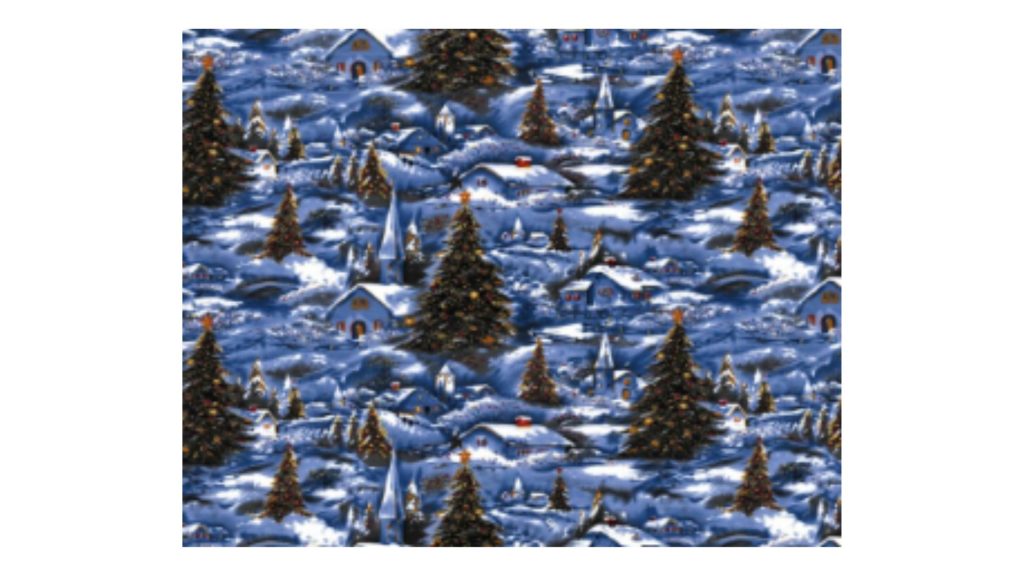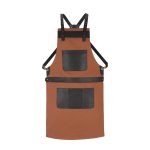Quilters love the idea of working with precut bundles. They save time and make projects easier to start. Each bundle comes neatly cut and prepared for sewing. Many quilters ask one question though. Can you mix and match different precuts? The short answer is yes. Mixing different precuts gives your work more life, color, and style. It allows you to use every piece in new ways. Precut Fabric for Quilting is not just about convenience. It also opens doors for creative design choices.
Why Mixing Precuts Works
Precut bundles are made with variety in mind. They often come from the same fabric line, so colors and prints work well together. That makes mixing them within the same line simple. But the fun starts when you mix pieces from different lines or designers. This gives your quilt a unique voice. You are not limited to one set style. You can combine soft florals with bold stripes. You can add solids to busy prints. The mix adds depth and character that no single bundle can provide.
Common Precut Sizes and Their Uses
To mix fabrics well, you need to know what sizes are common. Some of the most popular are charm squares, jelly rolls, layer cakes, and fat quarters.
- Charm squares are 5 x 5 inches. They are great for patchwork blocks.
- Jelly rolls are strips cut 2.5 inches wide. They work well for strip quilts and borders.
- Layer cakes are 10 x 10 inches. They are large enough for big blocks or cutting down.
- Fat quarters are 18 x 22 inches. They give more flexibility for larger shapes.
When you know how these sizes fit together, it becomes easier to mix them. For instance, four charm squares make the same size as one layer cake square. You can also use a jelly roll strip to frame a charm square block. Fat quarters can be cut to make more strips or squares to match.
Color Harmony Matters
When mixing different precuts, color is the first thing to watch. Too many clashing shades can look messy. A good start is to choose one color family. For example, you can stick with warm tones like reds, oranges, and yellows. Or you can go with cool tones like blues and greens. A mix of lights, mediums, and darks also adds balance. If you want contrast, add one or two bold colors that stand out.
Think about value as well. Value refers to how light or dark a fabric looks. Two prints with the same color may still clash if one is too light and the other too dark without balance. Using a mix of values lets the eye travel smoothly across the quilt.
Mixing Prints and Solids
Prints bring fun detail, but too many can look busy. That is where solids help. Solids give the eye a place to rest. Try mixing bright prints with neutral solids like white, gray, or beige. Or use dark solids to make light prints pop. Balance is key.
If you like bold designs, go ahead and put many prints together. Just make sure at least one element ties them together, such as a common color. This keeps the quilt from looking scattered.
Using Precuts from Different Designers
Some quilters are nervous about mixing precuts from different fabric lines. It can feel risky, but it works if you follow a few rules. Look for repeating themes. For example, two lines may share the same tone of blue or a floral theme. That makes them blend well. Another trick is to add a unifying solid color across both lines. That creates flow and makes the mix look planned.
Scale of Prints
Scale is another factor. Large prints grab attention, while small prints add texture. If all your fabrics are large-scale, the quilt may feel overwhelming. If all are small, it may lack focus. The best mix is a range of scales. Large florals, medium dots, and tiny checks can all live in the same quilt when balanced.
Practical Tips for Success
- Lay out your fabrics before sewing. Step back and look at the balance of color and print.
- Use design boards or a flat surface to test combinations.
- Do not be afraid to trim precuts to fit other sizes. Flexibility is part of the fun.
- Keep extra scraps. They often work well for borders or binding.
- Trust your eye. If a mix feels off, remove one fabric. Less is often more.
Why Mixing Adds Value
Mixing precuts helps quilters grow. It takes you beyond sewing kits that follow strict rules. Each project becomes more personal. You save waste by using fabrics you already own. You also gain skills in color play and fabric choice. Over time, you learn what styles you love most.
Conclusion
Mixing precut bundles is not only possible but also rewarding. It lets quilters design pieces that feel unique and new. The key is to keep balance in color, print, scale, and value. Adding solids, using a common color, and planning your layout make the process smoother. For anyone looking to try, the best step is to start small and trust your own sense of style. They can always count on a reliable Fabric Supplier for Quilters to provide quality pieces that make mixing easier.
Mixing and matching precut fabrics adds depth and style to any quilt. With the right guidance and supplies, quilters can create something that feels both polished and unique. US Fabric Shop offers the tools and fabrics that help quilters bring these ideas to life.


